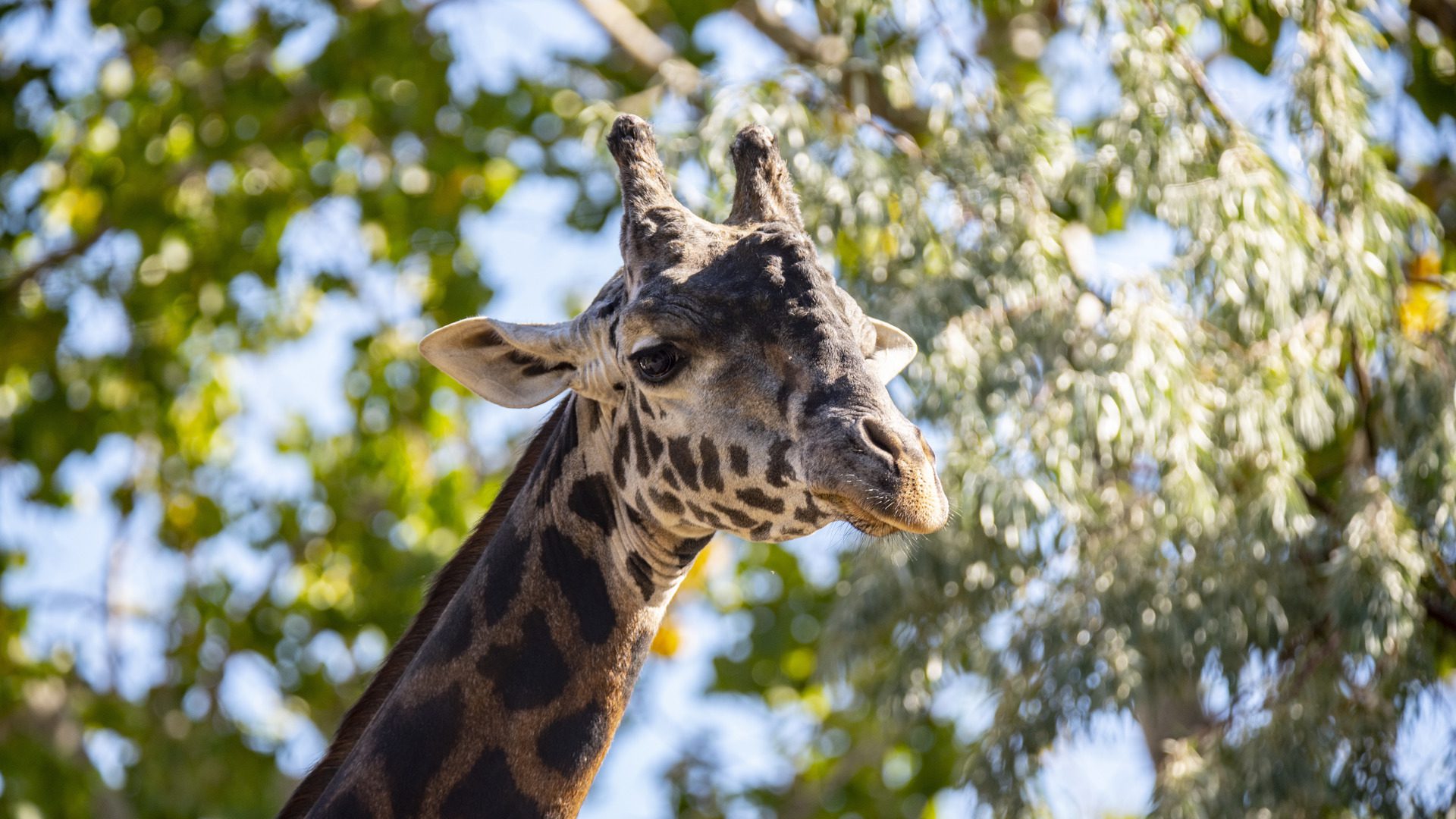Observe the unique animals of the African savannah and rainforest while being toured by a knowledgeable conservation educator. Our educators will outline curricular connections specific to your student’s level. Topics may include predator-prey relationships, adaptations, conservation efforts, and so much more. Species observed may include meerkats, hippopotamuses, giraffes, lions, zebras, lemurs, Malagasy boas, dwarf crocodiles, black-and-white colobus monkeys, and western lowland gorillas.
Length: 60 minutes
Program times: 10:00 a.m., 11:15 a.m., 12:45 p.m.
Maximum students: 30
Cost:
Register Now
Curricular Connections
Kindergarten
Earth Systems:
- Demonstrate respect while interacting with environments.
Matter/Energy:
- Identify various ways that humans and other animals can move.
Grade 1
Living Systems:
- Determine how a local environment meets the basic needs of plants and animals.
- Discuss how humans depend on plants and animals to meet their basic needs.
Earth Systems:
- Discuss how changes in the appearance of environments, plants, and animals are related to the seasons.
- Investigate animal behaviour throughout the seasons, including migration and hibernation.
Grade 2
Living Systems:
- Discuss ways to respect plants and animals while interacting in various environments.
- Identify similarities between offspring and their parents.
- Discuss and compare the life cycles of various plants and animals.
Grade 3
Living Systems:
- Classify animals in a food chain as carnivores, herbivores, or omnivores.
- Investigate and discuss how plants and animals respond to stimuli in their environments in order to survive.
- Explain interconnections in environments, including how plants depend on animals and how animals depend on plants to survive.
Grade 4
Living Systems:
- Relate the external structures of plants to their functions.
- Relate the external structures of animals to their functions, excluding reproduction.
- Compare the external structures of various plants and animals in relation to function.
Grade 5
Earth Systems:
- Distinguish climate from weather.
- Explain how climate can affect human and other animal activity.
Matter/Energy:
- Observe living things and objects in flight.
Grade 6
Living Systems:
- Represent and connect the biotic and abiotic components of an ecosystem.
- Relate the preservation of various ecosystems to possible actions that address climate change.
- Compare the characteristics of two ecosystems.
- Examine the diversity of animals and plants in various ecosystems in relation to abiotic components.
Earth Systems:
- Relate the impacts of natural processes and human activities to climate change.
- Identify personal actions that may affect global climate change.
- Describe possible effects of climate change on land, plants, humans, and other animals.
Grade 7
- Interactions and Ecosystems.
- Plants for Food and Fibre.
Grade 8
- Freshwater and Saltwater Systems.
Grade 9
Grade 10
- Energy Flow in Global Systems – Biomes.
Grade 11
- Changes in Living Systems.
- Ecosystems and Population Change.
Grade 12
- Population and Community Dynamics.
On-Site Program Information and FAQ

